We live surrounded by plastic, a material which is found everywhere, and whose use represents a significant challenge for the environment. But is it possible to transform such waste into a valuable resource?
According to the UN, more than 430 million tonnes of plastic are currently produced each year. Of these, 76% end up in landfills or in nature, 12% are incinerated and only 9% are recycled. Thus, in the pursuit of more sustainable solutions that allow for greater reuse of such waste, the idea of using plastic to make fuel has emerged. Gasoline derived from plastic could be an effective way to solve the dilemma of plastic disposal and generate new sources of energy. Two birds with one stone.
Furthermore, since plastic comes from petrol, it might seem that no extra raw material would be needed and that we could simply return it to its initial state. But the reality is often more complex and, as is often true, theory and practice can be very different.
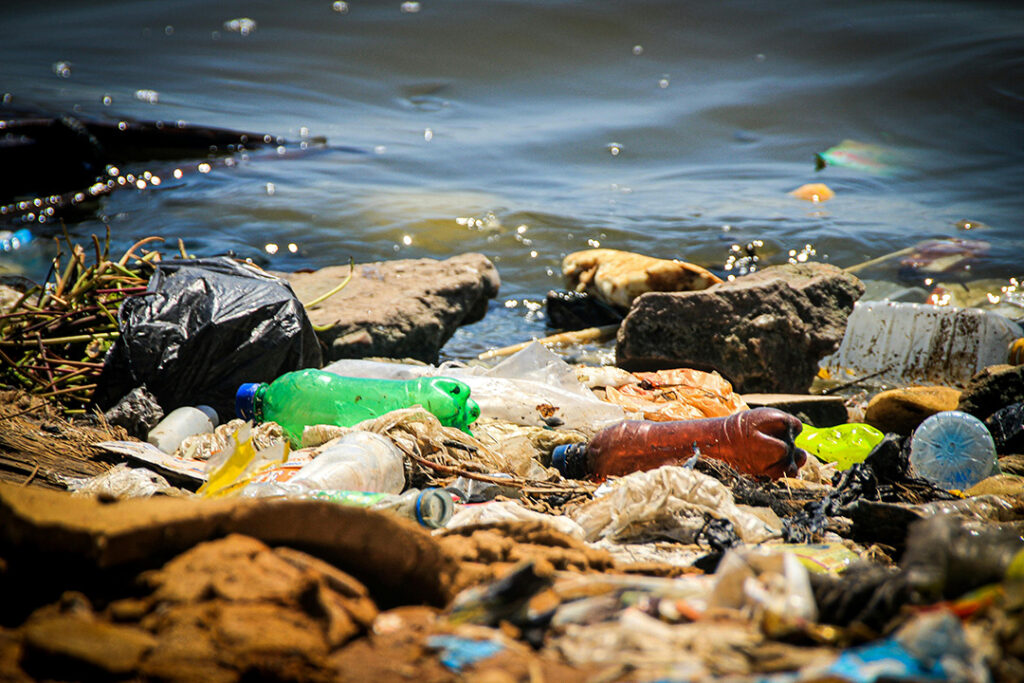
At this point, are we looking for a viable solution to the plastic crisis, or is this an idea with no real benefits that is actually counterproductive? Well, to be honest, plastic and fire don’t sound good together, do they? So let’s see how this transformation process works and whether it has the potential to help our planet.
How does this method work?
Initially, the plastic enters the factory, where it is heated to extremely high temperatures, around 900 °C, in the absence of oxygen. This allows the plastic to be split into smaller molecules and transformed into a new compound. This thermal decomposition process is called pyrolysis.
Pyrolysis of plastics is the technology used to produce liquid, gaseous or solid fuel from plastic waste. This result can be used as energy or as a material for the creation of new plastic products.
The most common form of fuel derived from this process is oil, followed by carbon black and hydrogen. The oil obtained is relatively clear and has a high calorific value, similar to conventional diesel, which allows it to have a wide range of applications including factories, industrial plants and power stations. Additionally, if it is further refined, it can be used to produce non-standard diesel, which would extend its use to heavy machinery such as tractors. On the other hand, carbon black can be used as a heating fuel in brick or cement factories, and when refined, its use would extend to the rubber industry and paint production.
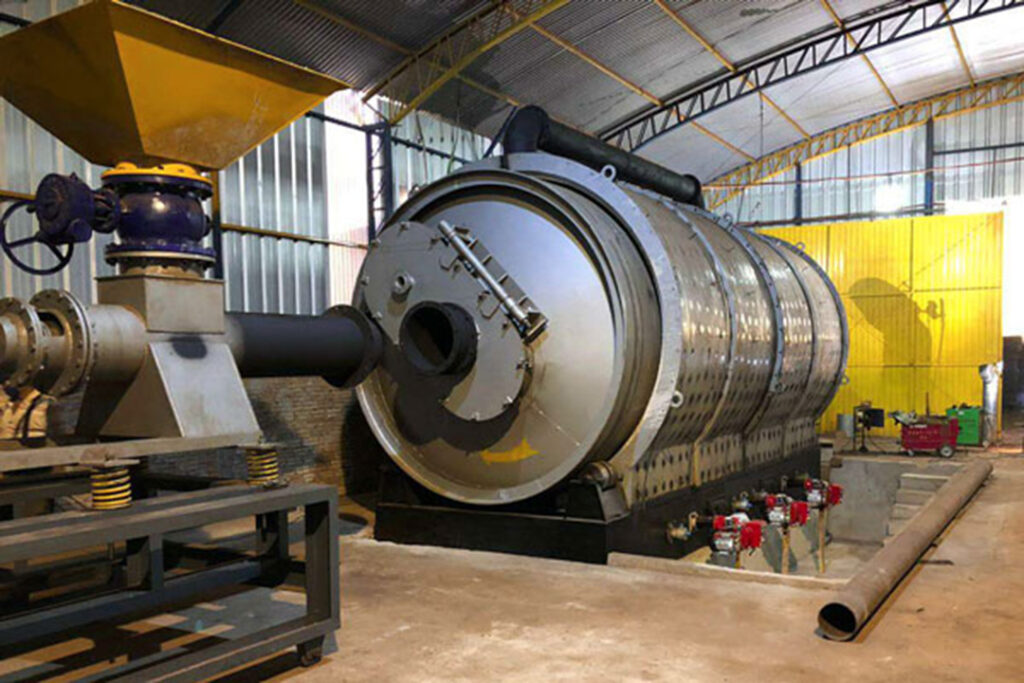
What are the benefits?
One first advantage would be the reduction of virgin feedstock requirements and thus the reduction of excessive demand for fossil fuels. Once refined and blended with conventional fuels, it could be used as energy for vehicles or other machinery that need to adapt their systems to run on alternative energy sources. In addition, it could be used to power industries that find it difficult to reduce their carbon footprint, whose infrastructures are designed for liquid or solid fuels and currently rely on crude oil and natural gas, requiring a major transformation to use renewable sources of electricity.
An additional advantage is its ability to use various types of plastics, including varieties that cannot be recycled in the conventional way. The mechanical recycling, familiar to all of us, shreds the plastic into granules to produce new plastic products. There are many limitations in this method, such as the strict pre-sorting requirements (only a few varieties of plastic can be used) and the decreasing quality of the material in each cycle (a plastic is usually only recycled 1 or 2 times before it is incinerated or thrown away). In contrast, with thermo-chemical recycling by pyrolysis, even unsorted and contaminated waste that would otherwise end up in landfills could be treated.
Supporters claim that this would mean better waste management and have the potential to create a circular economy. This has certainly attracted the attention of the scientific communities to assess its feasibility.
Their supporters’ view
Supporters of this energy source report multiple advantages, from operating costs to environmental management. According to them, the footprint of oil extraction, refining and transport would be eliminated, as the thermochemical method does not require large plants for its production, so it could be produced locally. In addition, they suggest that although any type of recycling requires large amounts of energy, especially those with high temperatures, it is more efficient than producing a product in a conventional way.
They also point out that while the material is subjected to high heat, it does not burn, so no CO2 or other greenhouse gases are emitted. They believe that the thermochemical conversion process reduces these emissions and minimises toxic pollutants as it is carried out in the absence of oxygen.
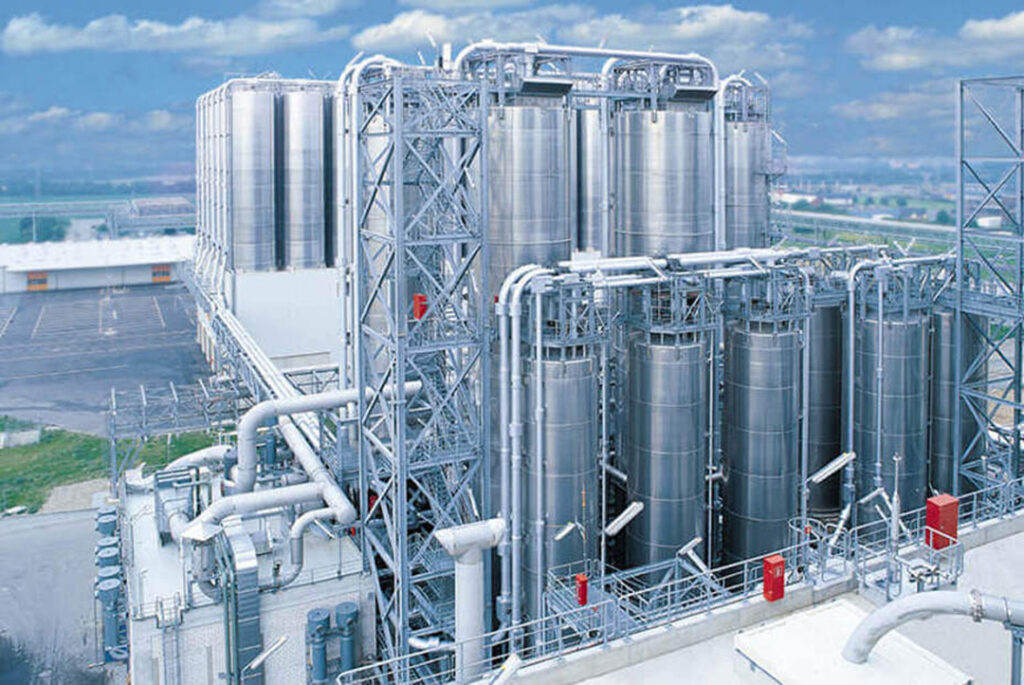
Those benefits, even in conjecture, have been sufficient for multiple companies to invest in this recycling business model. Some of them are: JBI Chemicals Inc (with its patented Plastic2Oil technology), Agilyx, Nexus Circular, and Stellar 3.
This last company, for example, reports that it has developed a process that even recycles PVC which is normally avoided because it has chlorine in it. It also, to improve the efficiency of the process, burns the excess syngas produced to generate the necessary heat and use a low level of external energy that can come from renewable sources.
Nevertheless, it is still a process that needs to be refined to ensure its success.
Investigators are well aware of this, and seek to make the process ever more efficient by addressing the various challenges in the system.
For example, in a study published in the journal Science, scientists claim to have developed a method for converting plastic into fuel at temperatures below 100 °C. By using a new catalyst based on aluminium chloride, which acts as an acid, the reaction forms new bonds in a controlled manner, producing petrol-like compounds. These compounds, called alkanes, can be used as fuel or feedstock. However, further research will be needed to determine whether it could be transferred on a large scale.
Not everybody is enthusiastic about this model
Contrary opinions have pointed out the weaknesses of this method. On the one hand, there is the quality of the material produced. Being made from waste and thus from different types of plastic, it would be difficult to achieve homogeneity of the material. It would not be possible to guarantee exactly the same product if different materials were used each time.
Similarly, others argue that, in reality, only a fraction of the variety of plastics would be effectively recycled in this process (which would mean losing the ability to recycle any plastic at all). Therefore, some believe that it would be more beneficial to apply the recycling technology to make new plastics in a closed loop.
On the other hand, plastics do not degrade easily. Many particles (micro and nano plastics) remain in the environment, threatening the health of all living things, including our own. As they contain a complex mixture of chemical additives, the melting of plastic would release these harmful substances, leading to long-term negative health consequences, such as an increased risk of cancer. Particularly for those directly exposed, such as workers, communities near the processing plant and end-consumers. This process does not guarantee that all these particles or substances can be captured to prevent their contact with the environment.
The actual level of contamination is not evident.
Beyond Plastic, an NGO that fights against plastic pollution, says there is a high risk of greenwashing. This statement coincides with the sentiments of various environmental groups, which consider that this process requires a lot of energy and leaves a large carbon footprint. It is therefore a greenwashing, where the word ‘circularity’ is used as a response to the lack of use of new raw materials. It is an attempt by the industry to gain public acceptance of plastic and to make it continue to exist.
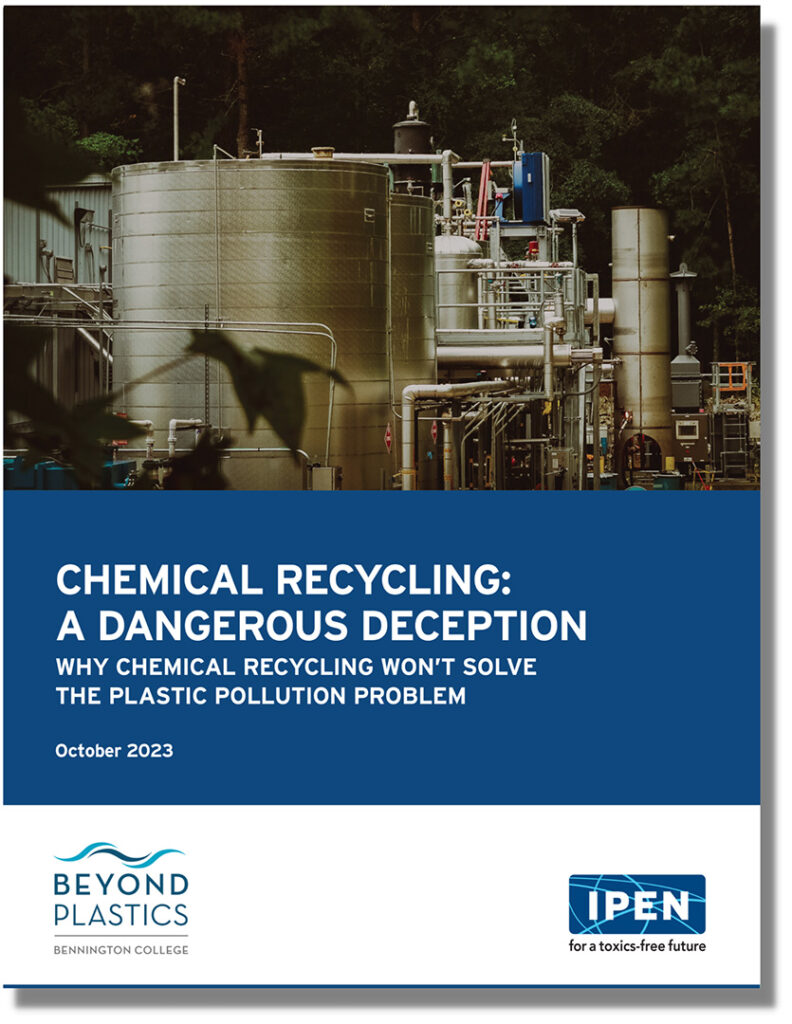
Beyond plastic puts forward several reasons to oppose chemical recycling. They believe it is a false solution, a myth that only supports the throwaway economy, that distracts from the central focus of the problem and the need for major changes for true circularity. Thus, it would be just the latest in a series of failed attempts to tackle the plastics crisis.
They claim that this is due to the amount of energy it consumes and the little useful output that results. Most plastics are decomposed to become fuel, and the final product is burned, becoming CO2 (and not new plastic), resulting in a climate pollutant. These are details that the companies behind the process are either unaware of or hide – corruption or industry influence? Whatever the modus operandi, the aim is to continue the production of plastics, as evidenced by the main promoters of pyrolysis: big oil, plastic producers and mass consumer brands, all interested in making profits at the expense of the planet.
Moreover, it represents a risk when justifying the production of plastics that producers can exploit to make these increasingly cheap and disposable materials. In the end, they will claim that they will chemically recycle the plastic, downplaying its environmental impact.
Conspiracy theories or a reality in darkness?
Unfortunately, current pollution tests and refinery monitoring are inefficient for this new process, as they were written before the advent of plastic-based fuels. Therefore, it cannot be proven with certainty whether this method is more or less polluting than conventional processes.
What is certain is that we need a circular economy that tackles the huge waste pollution we have. We need policies that protect biodiversity, reduce the production of pollutants and ensure greater transparency in recycling processes, both old and new. We urgently need to find ways to manage, to create, to innovate, that help reduce our environmental impact and allow us to safeguard the life of the planet. In the end, our very existence is at stake.
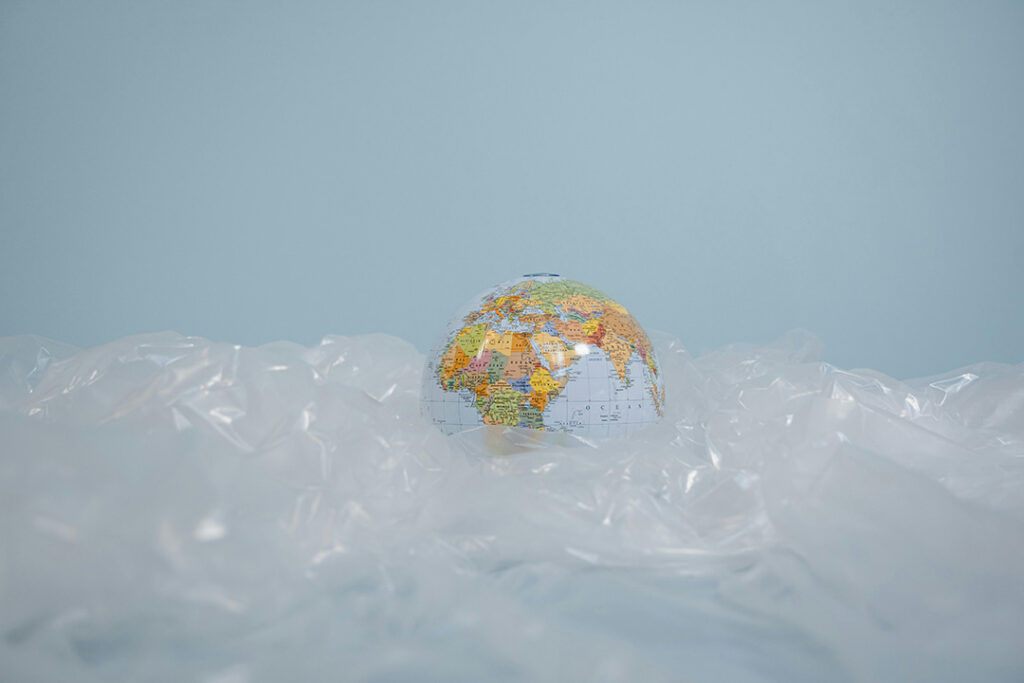
You may be interested in: Biodegradable bags – better for the environment?





